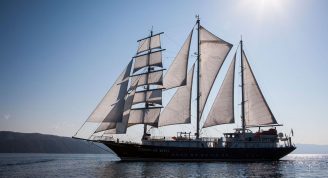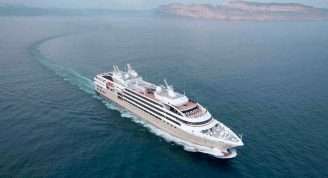Description
Welcome to Aurora Expeditions’ An Adriatic Renaissance
This unique voyage traces the ebb and flow of time, from the fortified city of Valletta to the island haven of Venice, following the paths of legendary figures who have shaped this coast. From the St John’s Knights Hospitaller to the adventures of Marco Polo and the spiritual journeys of centuries of pilgrims, our trip embodies the enduring spirit of exploration and adventure.
Whether visiting the ancient city of Split, the imperial harbours of Dubrovnik and Ravenna, or the charming town of Alberobello and the hilltop Republic of San Marino, we encounter tales of heroism, intrigue and enduring legacies. Here, the stories of knights, merchants, legions and explorers combine to celebrate their courage, curiosity and resilience, leading us to the modern-day wonder that is the Adriatic’s ‘Renaissance’.









